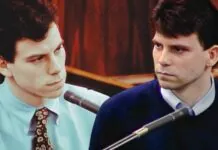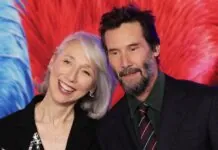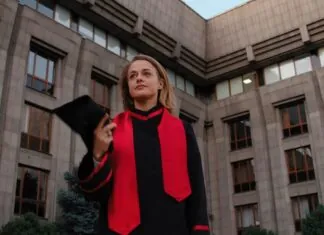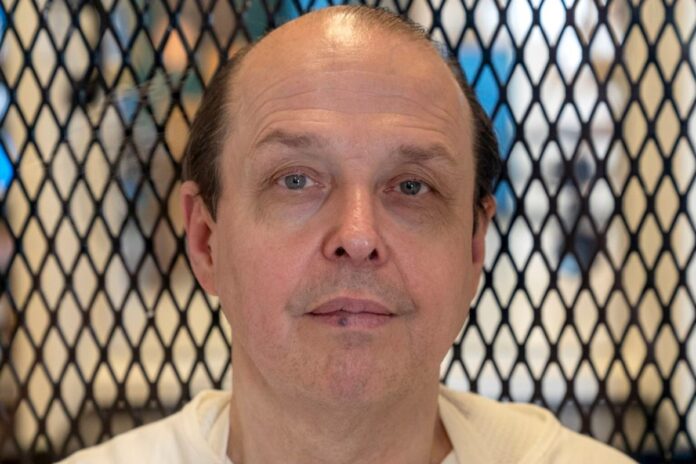
The clock is ticking for Robert Roberson, a Texas man scheduled to be executed on October 16, 2025.
He has spent 22 years on death row for the death of his 2-year-old daughter, Nikki.
Prosecutors said he shook her to death. Experts now say the science used to convict him was flawed, his behavior misread because of undiagnosed autism, and his daughter’s tragic death linked to illness and medical mistakes rather than violence.
It is a story that touches on more than one man’s fate. It raises questions about how courts handle scientific evidence, how autism can be misunderstood in high-pressure situations, and how justice can bend when prosecutors press forward with shaky facts.
Families, doctors, lawmakers, and even the lead detective in the case have stepped forward to say Texas is about to make a mistake that cannot be undone.
The debate has become one of the most important death penalty cases in the country.
At its center is a father who has always maintained his innocence, a little girl who fell ill on a winter day in 2002, and a justice system that is now under intense scrutiny.
A Father, a Sick Child, and a Tragic Day in 2002
On a cold January morning in 2002, Robert Roberson carried his daughter Nikki into a small Texas hospital.
She was two years old, feverish, and struggling with a cough that doctors later found was linked to pneumonia.
Nurses noticed she was limp and unresponsive. Within hours, she was gone.
For the local community, the story quickly turned into a nightmare. What began as a father seeking help for a sick child soon became a criminal investigation.
Doctors told police Nikki’s injuries looked like abuse. Bruises and swelling in her brain fit what they described as “shaken baby syndrome.”
Within days, Roberson was in handcuffs.
What many did not know then was that Nikki had been prescribed a dangerous mix of medicines.
She had received Phenergan, known to suppress breathing, and codeine, a narcotic not recommended for children under eighteen.
Both drugs, later found unsafe for toddlers, were given to a two-year-old already fighting a serious infection.
Misread Signs of Illness
- Nikki’s fever reached dangerous levels in the days before her death.
- Her lungs showed evidence of pneumonia during autopsy.
- Doctors believed a short fall from a bed earlier that week may have worsened her condition.
Despite those warning signs, the focus turned away from illness and toward the father.
A grieving man became the accused, and the story took a path from which he has never escaped.
The Arrest and Quick Turn
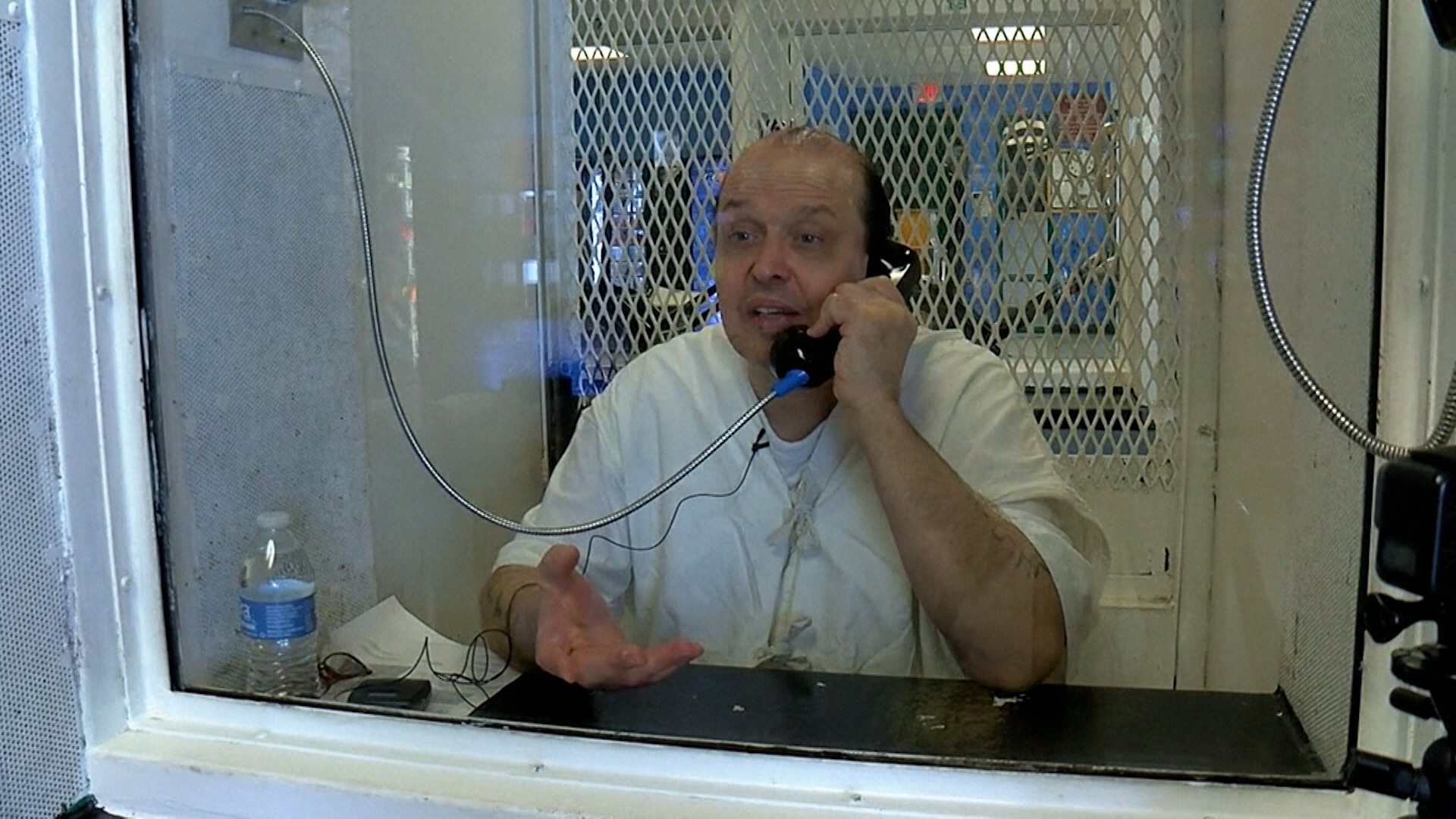
Police questioned Roberson within hours of Nikki’s death. Officers reported that his voice was flat, his emotions restrained, and his answers short.
For investigators, that looked like guilt.
For doctors, that looked like confirmation of abuse. What was not known at the time is that Roberson lived with undiagnosed autism.
His calm and subdued reactions were not evidence of violence but traits of a condition that shaped how he expressed emotion.
The hospital report, police suspicions, and a grieving father’s quiet manner formed a chain of assumptions.
That chain locked Robert Roberson into a courtroom fight for his life.
Shaken Baby Syndrome and the Rise of Doubt
Robert Roberson is an innocent man with autism who has spent over 20 years on death row in Texas for a crime that never occurred.
He’s set to be executed in 11 days.
Mr. Roberson was the father of a chronically ill 2 year-old daughter, Nikki.
Tragically, Nikki passed away… pic.twitter.com/OsRIQ6Aocl
— Art Candee 🍿🥤 (@ArtCandee) October 6, 2024
At the heart of Roberson’s trial was shaken baby syndrome, or SBS, a theory that dominated child abuse cases in the 1990s and early 2000s.
Doctors testified that Nikki’s brain swelling and retinal bleeding could only mean one thing: she had been violently shaken.
The jury accepted that claim as science.
In 2003, Roberson was convicted of capital murder and sentenced to death.
But two decades later, the scientific ground beneath SBS has shifted.
Leading medical experts now say the so-called “triad” of injuries, brain swelling, retinal bleeding, and subdural hematoma, can result from many causes, not only abuse.
Illnesses such as meningitis or pneumonia, accidental falls, and even medical treatment itself can produce the same signs.
The Changing Science
- In the early 2000s, SBS was treated as near-certain proof of abuse in courtrooms.
- By 2010, research began to show that similar symptoms appear in children with infections, clotting disorders, or medication complications.
- Today, major medical associations acknowledge that the diagnosis is not as clear-cut as once claimed.
Why the Doubt Matters
If Nikki’s death came from untreated pneumonia and the side effects of strong medications, then no crime occurred.
That would mean the state of Texas secured a death sentence against a father based on outdated science.
It also raises a larger question: how many convictions across the country were built on the same foundation?
The Experts Speak
Pediatric specialists, neurologists, and even some forensic pathologists who once testified in SBS cases have since stepped back.
They warn that what seemed like reliable science twenty years ago has left a trail of questionable convictions.
In Roberson’s case, several doctors have already said the evidence points away from abuse.
They argue that Nikki’s death can be explained by illness and accident, not by her father’s hands.
Autism, Misjudged Emotions, and a Broken Defense
When Robert Roberson walked into that hospital in 2002, he did not know he was autistic. Doctors and nurses who expected tears, raised voices, or frantic emotion saw none of that.
Instead, they saw a quiet man who appeared flat and detached. To them, that looked suspicious. To prosecutors, it looked like proof that he felt no grief.
Years later, psychologists diagnosed Roberson with autism spectrum disorder. That diagnosis shed light on how he communicates, how he processes stress, and why his reaction to his daughter’s crisis looked different.
In a courtroom, however, jurors never heard that explanation. They only heard the prosecution describe his calm as “cold.”
How Autism Was Misread
- Emergency staff mistook his subdued manner as a lack of concern.
- Investigators reported that his monotone voice sounded evasive.
- Prosecutors described him as uncaring, fueling the narrative of guilt.
The Defense That Fell Short
Roberson’s trial lawyer did not call a single medical expert to challenge the shaken baby testimony.
He even conceded that the injuries could have been caused by shaking.
That left jurors with one version of events and no scientific pushback.
Without evidence about Nikki’s pneumonia, her dangerous prescriptions, or Roberson’s autism, the case looked simple: a child dead, a father accused.
In truth, the defense broke down where it mattered most. Autism was ignored, medicine was overlooked, and science went unchallenged.
That failure still casts a shadow over the verdict today.
The Legal Battle, the Execution Date, and the Push for Justice
Robert Roberson’s fight for his life has stretched across two decades of appeals.
His lawyers have filed petitions under “junk science” law, arguing that his conviction rests on discredited medical theory.
They have also pointed to his autism diagnosis as vital context never considered by a jury.
Despite those efforts, Texas courts have repeatedly refused to grant a new trial. In July 2025, a district judge set a new execution date for October 16.
Unless higher courts intervene, Roberson will be put to death based on evidence that many experts now call unreliable.
What the Courts Are Facing
- The Texas Court of Criminal Appeals is reviewing new motions that include updated medical evidence.
- A habeas corpus petition argues that Roberson’s trial violated his constitutional rights.
- The Texas Board of Pardons and Paroles could recommend clemency, leaving the final decision with the governor.
A Growing Chorus for Clemency
View this post on Instagram
Support has come from an unlikely mix of voices. The lead detective on the case has expressed regret.
Authors, doctors, lawmakers, and even some prosecutors have called for a review.
They argue that Texas should not carry out an irreversible punishment when so much doubt surrounds the evidence.
FAQs
What role did the jury never hear about Nikki’s medical history?
Jurors in 2003 were not told the full story of Nikki’s fragile health. Records show she had ongoing respiratory infections, a recent high fever, and pneumonia that went undiagnosed. They also never heard details about her prescriptions of Phenergan and codeine, drugs now considered unsafe for toddlers. Without that medical context, the jury saw her death only through the lens of alleged abuse.
Why was no expert medical testimony presented by the defense at trial?
Roberson’s court-appointed lawyer did not call any independent medical experts. Instead, he allowed prosecution doctors to present shaken baby syndrome as an undisputed fact. He even conceded that shaking could explain the injuries, which undercut Roberson’s defense. This absence of expert testimony left jurors with only one side of the science and no explanation of alternative medical causes.
How much compensation could Robert Roberson receive if he proves a wrongful conviction?
Under Texas law, exonerees receive $80,000 for each year of wrongful imprisonment, plus lifetime annuity payments and support services. After 22 years on death row, Roberson would be entitled to at least $1.76 million in lump-sum compensation. With annuities and benefits, the total value could rise above $2.2 million. The payment would also serve as a formal admission that the state made a grave mistake.
What is the significance of Texas’ “junk science” law in his case?
Texas passed Article 11.073 to address convictions based on discredited scientific evidence. Roberson’s legal team has argued that shaken baby syndrome, once treated as near-certain proof of abuse, is now widely disputed and cannot support a death sentence. If the court agrees, his case could become one of the most high-profile examples of the law in action.
How does Roberson’s case connect to other shaken baby convictions across the country?
There are around 1,300 new suspected cases of SBS/AHT reported annually in the U.S. Several have been overturned in recent years as science shifted. Roberson’s case stands out because he faces execution, something that has not yet happened in an SBS case. His fate could influence how courts nationwide handle past convictions built on the same medical theory.
Final Thoughts
Texas prepares to take a life on evidence that many doctors have already rejected. Such a choice would stain the justice system and show the public that keeping an old verdict matters more than facing the truth.
A full review of the case is the only responsible step when a life and the credibility of the system are at stake. Anything else reduces justice to a performance that fools no one.




